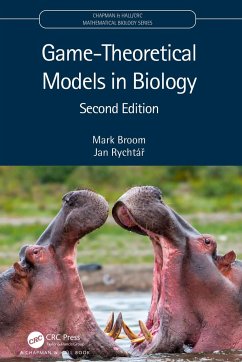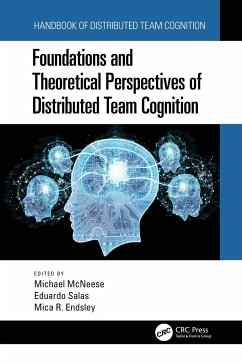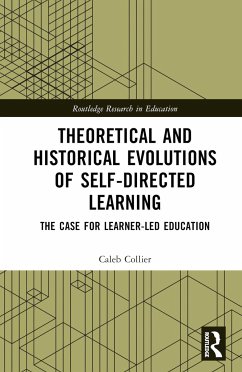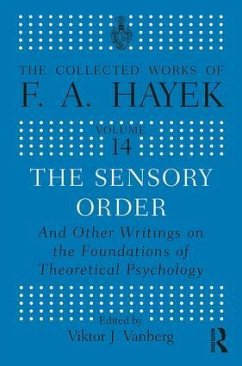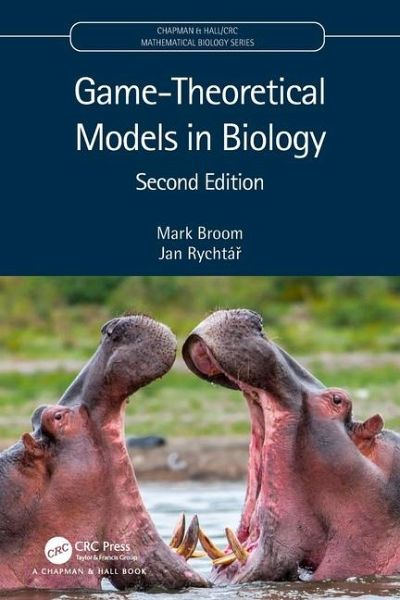
Game-Theoretical Models in Biology

PAYBACK Punkte
32 °P sammeln!
Covering the major topics of evolutionary game theory, this book presents both abstract and practical mathematical models of real biological situations. It discusses the static aspects of game theory in a mathematically rigorous way that is appealing to mathematicians. The text is also useful to biologists.





